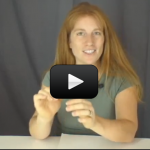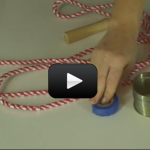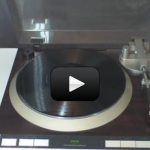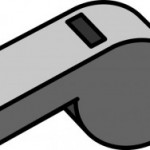Sound is a fascinating form of energy. As you sit there reading this, there is energy flowing all around you in the form of light waves, sound waves, radio waves, heat and more. You are constantly being bombarded by energy. Energy is everywhere, all the time.Moving by waves at amazing speeds, sound energy brings you knowledge about the world around you. Does a tree make a sound if it falls without anyone there to hear it? This section will answer that question and many others. You can get started by watching this video, and afterward either read more about it or start your experiments!
[am4show have='p8;p9;p11;p38;p72;p77;p92;' guest_error='Guest error message' user_error='User error message' ]
Energy moves in waves. Before we get in over our heads talking about sound waves, though, we need to spend some time on this vibration thing. This lesson we will be taking a careful look at vibration and frequency.
Scientific Concepts:
- Energy moves by waves.
- All waves begin as vibrating particles
- The particles vibrate back and forth. They do not move along the wave.
- Frequency is the amount of vibrations there are in a given amount of time.
- Hertz is a measurement of frequency and is one vibration per second.
- Waves are the way energy moves from place to place. Waves are energy-mobiles.
- Particles in a wave are moving a distance against a force. They are having work done on them and they can do work.
- A transverse wave is a wave where the particle moves perpendicular to the medium.
- A longitudinal wave is where the particle moves parallel to the medium.
- Amplitude is the height of the wave.
- Energy is all around us all the time.
- Antennae are necessary to pick up energy.
- Our bodies have three antennae; eyes, ears, and skin.
- Eyes can detect light waves, which are a small portion of the electromagnetic spectrum.
- Skin can detect heat, which is another even smaller portion of the electromagnetic spectrum.
- Ears can detect sound waves.
- Our antennae pick up the energy, sound waves, heat, or light. Our brain interprets them.
- Since we have two ears we are very good at determining the direction of a sound.
- Our ears are also very good at telling the difference between sound frequencies.
[/am4show]






